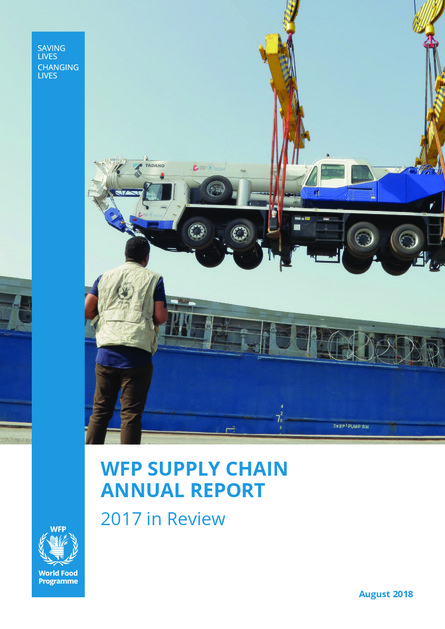
WFP’s supply chain plays an integral role in the entire process of end-to-end planning, procuring and delivering assistance.
Level 3 (L3) is the United Nations classification for the most severe, large-scale humanitarian crises. In 2017, WFP responded to seven L3 Emergencies across 12 countries and two continents.
Conflicts and wars continued to cause unprecedented displacement. Though Iraq gradually stabilized in 2017 to the point where it was no longer an L3 emergency, a sudden influx of refugees from Myanmar into Bangladesh required WFP to respond in full force which escalated the operation to an L3 emergency.
The sudden nature of L3 emergencies, combined with the varied environments in which WFP operates, means the response needs to be both fast and agile. While food assistance still makes up the vast majority of WFP aid, cashbased transfers are increasingly used to supplement WFP response capacity in countries with existing infrastructure and food supply chains, comprising 33 percent of total aid delivered in 2017. The complementary usage of both assistance types has proven successful in many complex L3 operations, from Syria and Yemen to Bangladesh.